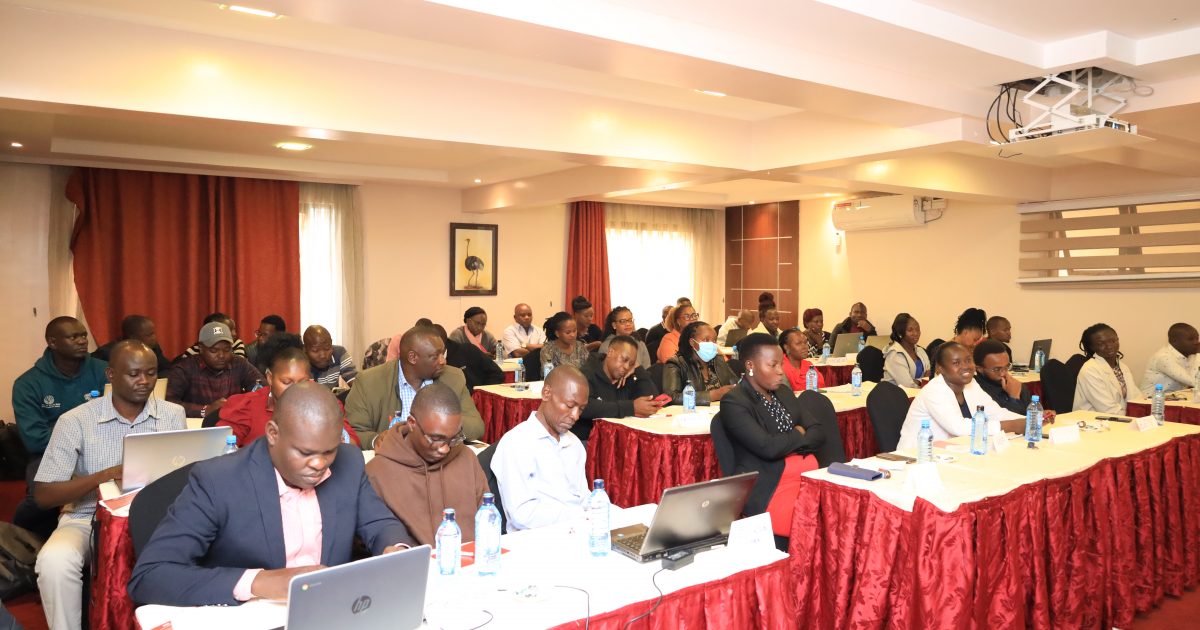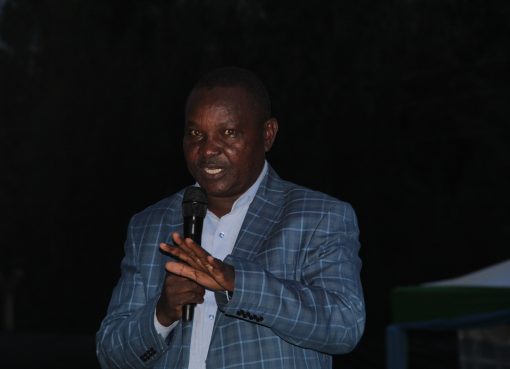Journalists and Media houses have been called on to use their voice and influence in the societies to bring about change especially on Sexual and Reproductive Health Rights (SRHR).
In a training session held in Nairobi bringing together forty journalists from 20 counties across the country where cases of teenage pregnancies have been on the rise, Forum for African women educationalists (FAWE), a nongovernmental organization urged the journalists to ‘open the boxes’ of critical topics for public discussion.
Queenter Mbori, the lead media trainer for FAWE said that the media and journalists are trusted sources of information to the public and that they play a critical role in bringing sexual and reproductive health matters to the attention of people who can influence public health policies.
Mbori said that numerous surveys reveal that Sexual and Reproductive Heath Rights is either misunderstood, underreported, or misreported in the media while it is the role of the journalists to equip the public with accurate and timely information on these matters.
“Journalists are mediators, educators, monitors, from a watchdog perspective, and advocates. They owe it to the public to report on sexual and reproductive health rights not only accurately but to also offer solutions,” Mbori said.
“Journalists who produce accurate and timely reports about sexual and reproductive health issues can bring ‘taboo’ subjects out in the open so they can be discussed, monitor their government’s progress toward achieving stated goals, and hold government officials accountable to the public,” she added.
Victor Bwire, the Media Council of Kenya’s director for training said that there was a need for journalists in Kenya to do solution based reporting.
Bwire said that instead of assigning blames on who has failed, journalists need to go a step ahead and offer solutions in which policy makers, governments and law makers can pick to implement and close the gaps of the challenges that the country is facing.
On the issue of introducing sex education is schools, FAWE holds that it is better to do something and hope that it bears fruits than to do nothing as situation grows worse each day.
Sex education remains a sensitive subject in Kenya resulting in many young people lacking information because of lack of sex education. Various myths and misconceptions about sex cloud them. Others turn to the Internet or media for information and hardly to parents or teachers.
Sex education will largely reduce cases of HIV/AIDs, STIs, teenage pregnancies and unsafe abortions. Adolescents will learn how to make informed decisions. The teachings should therefore take place both at home and school. Parents should be open and bold to speak to their children about sexuality. Sex education should be mandatory for children in primary and secondary schools so that children grow up understanding their sexuality.
According to Kenya Demographic and health survey report 2023, teenage pregnancies in the country now stand at 14.8 percent and the government hopes to reduce them to zero by 2030.
A report by the National Council for Population Development (NCPD) released in 2021 noted that teen pregnancies are strongly linked to poverty with low income levels associated with higher teen birth rates.
A total of 110,821 pregnancies were recorded among adolescents aged between the ages of 10 to 19 in the first five months of 2023 according to data from the Kenya Health Information Systems.
6,110 of these cases were among adolescents aged between 10 to 14 years while another 104,711 were between the ages of 15 and 19.
This is almost half of what was recorded in 2022 which stood at 260,734. The pregnancies were 316,187 in 2021 and 331,549 in 2020.
From the data, Meru County had the highest proportion of adolescent pregnancies between the ages of 10-19 years in the country between January to May at 26 per cent.
Narok had the second highest proportion at 25 per cent, followed by Tana River with 24 per cent, Samburu with 24 per cent, West Pokot at 24 per cent, Homa Bay and Kisii with 22 per cent with while Kitui, Bungoma, Kericho, Bomet, Kakamega, Tharak Nithi, Nandi and Busia had 21 per cent each.
Baringo and Embu had 18 per cent each, Kwale, Machakos and Kajiado with 17 per cent each while Kisumu, Isiolo, Garissa, Laikipia, Taita Taveta and Makueni had 16 per cent each.
By Erick Kyalo





